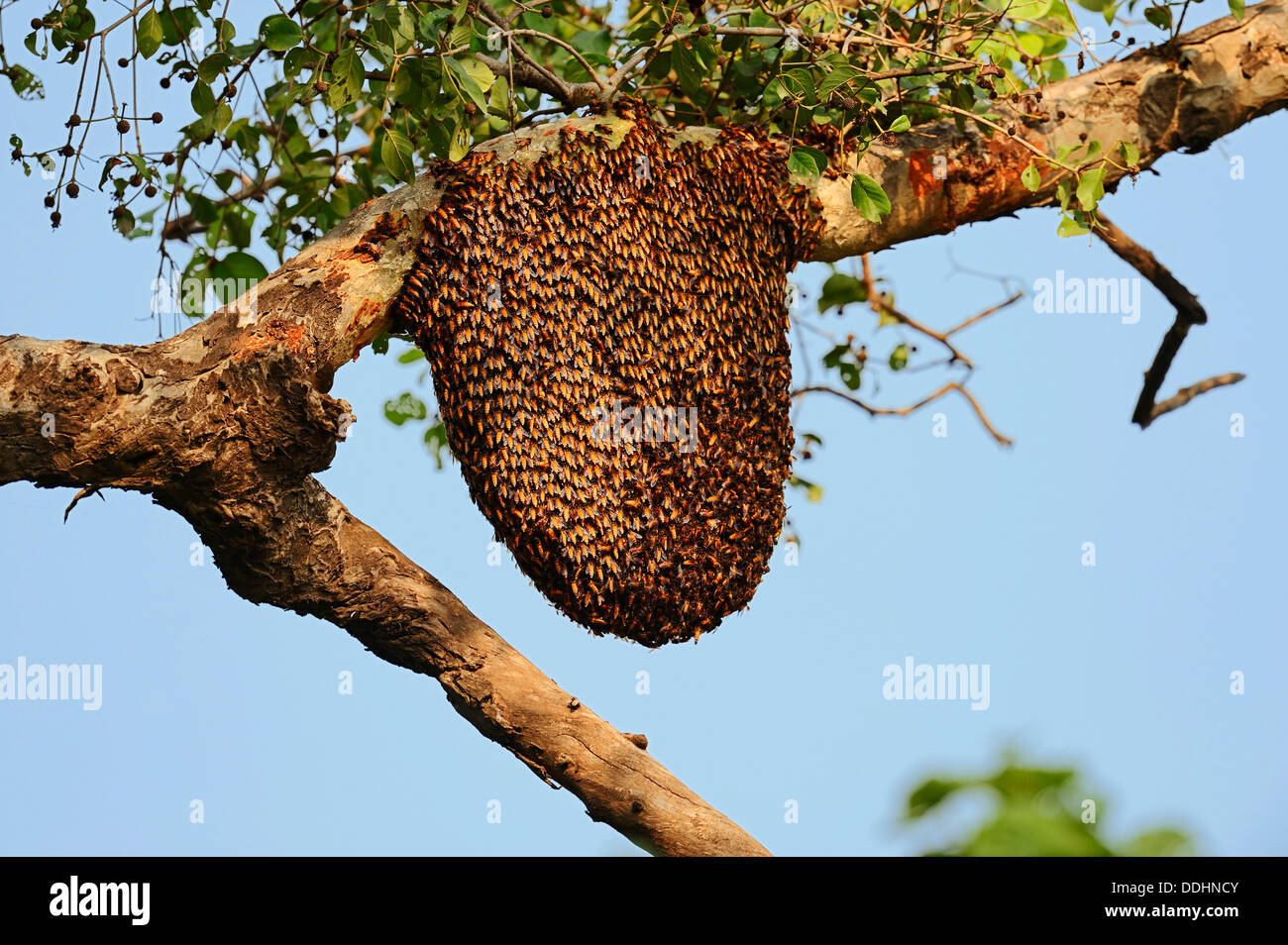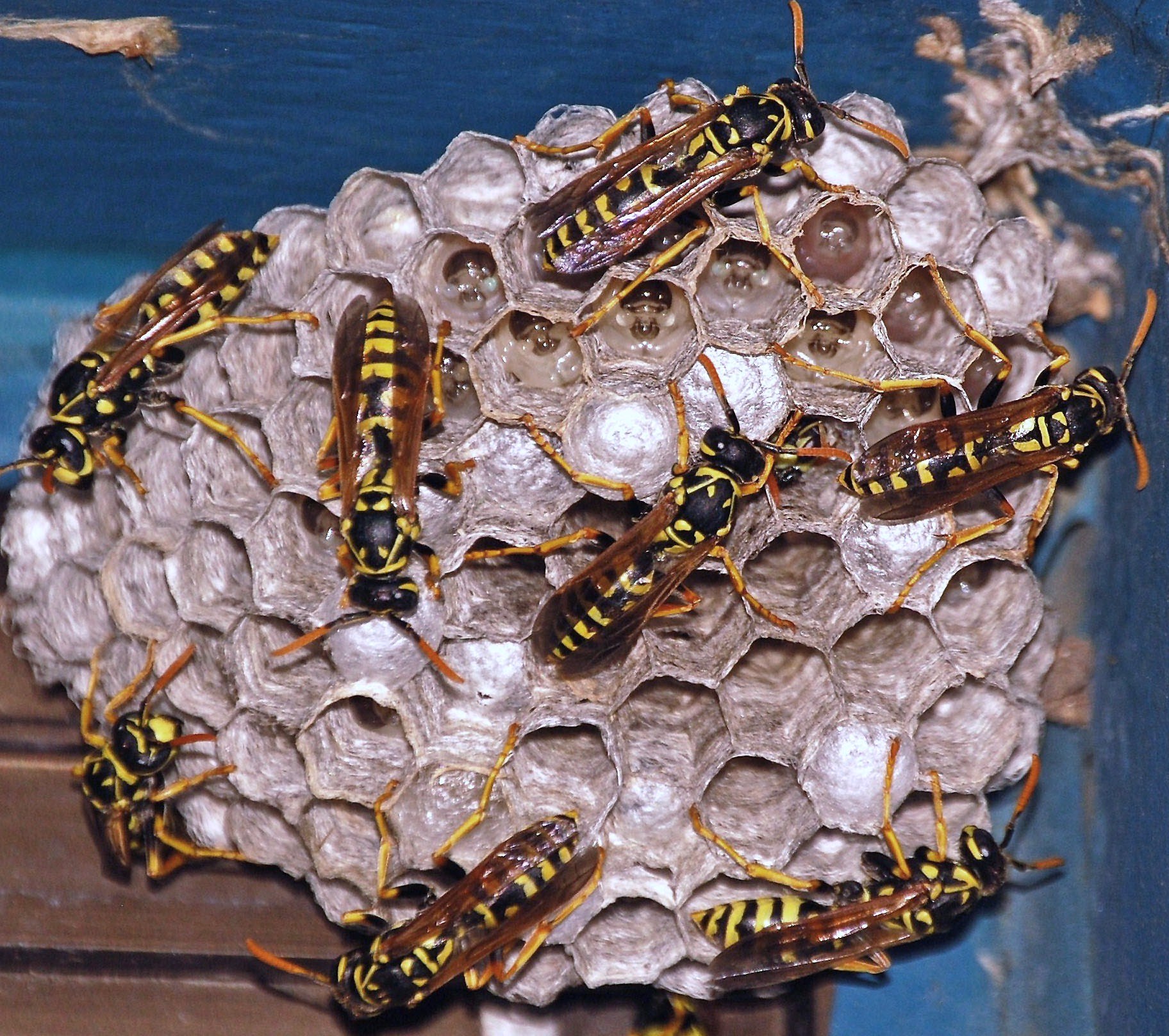
They feature a sleek and slender body shape, with a defined waist-like structure called a "petiole" that separates the abdomen from the thorax. Wasps and hornets, on the other hand, can be identified by distinctly different characteristics. This could involve cutting into the siding, removing the hive, and ensuring that all bees are relocated safely. Since they are appreciated by so many, if you’re dealing with bees, a local beekeeper may be willing to locate and remove the hive for you. You can distinguish female bees by flattened areas on their hind legs known as "pollen baskets", which is used for carrying pollen back to the hive. They vary in size depending on the species, but are generally plumper and more compact than wasps or hornets. Some species may have metallic or greenish colors as well.īees are covered in fine, dense hair, which aids in pollen collection. They are typically black or brown with yellow or orange markings. Bees have a robust, hairy body with a more rounded shape. To identify bees, look for certain characteristics. Distinguish Between Bees, Wasps, and Hornets Misidentification can lead to unnecessary harm to beneficial bee populations. However, not all buzzing critters we refer to as bees are actually classified as bees, which is an important distinction when deciding whether to eliminate them or not. In addition, honey bees produce delicious honey for us to enjoy. Without them and other pollinators we would lose our food supply. Some may even provide live removal without harming the colony.Bees provide an important service.

Do not try to remove colonies yourself! There are many qualified experts who specialize in honeybee removal. Stay away from the colony and keep pets from going near the area. Colonies located around the house should be removed as soon as possible.

Keep shed doors tightly closed and in good repair and exercise caution when entering buildings that are not used frequently.Remove any trash or debris that might serve as a shelter for honey bees.Put small mesh screen (such as window screen) over attic vents, irrigation valve boxes and water meter box key holes.Make sure chimneys are covered properly.Fill or cover all holes 1/8-inch in diameter or larger in trees, structures and/or block walls.Caulk cracks in walls, in the foundation and in the roof.To prevent honey bees from settling in your house or yard, you will need to be vigilant in preventing potential nesting sites. Look low for colonies in or at ground level, and also high for colonies under eaves or in attics.Įliminate shelter. Look for large numbers of bees passing into and out of or hovering in front of an opening. Removing flowers as a source of food is not an effective bee deterrent. These bees are simply foraging for food and water. A single bee or just a few bees in your yard does not mean you have an established colony on your property. Inspect your home and yard regularly for signs of bee colonies. They may nest in such diverse sites as water meter boxes, under sheds, in saguaro cacti, or in overturned pots. Honey bees nest in a wide variety of locations and may enter openings as small as 3/16-inch in diameter (about the size of a pencil eraser) as long as there is a suitable-sized cavity behind the opening for a nest. Bees will look for nest sites that are protected and enclosed. The best way to prevent bees from establishing a colony on your property is to not provide them with an ideal environment for survival.

Preventing Bees from Nesting on your Property On-site Bees


 0 kommentar(er)
0 kommentar(er)
